We may earn money or products from the companies mentioned in this post. This means if you click on the link and purchase the item, I will receive a small commission at no extra cost to you ... you're just helping re-supply our family's travel fund.

There are places on Earth where the line between wilderness and human life is not a battlefront, but a partnership. These are UNESCO Biosphere Reserves, living laboratories where communities are pioneering a more sustainable way of life. While many of these reserves overlap with famous national parks, their UNESCO designation highlights a special focus on balancing conservation with sustainable human activity. They are not just parks to be viewed from a distance; they are dynamic landscapes you can enter and experience.
1. Sian Ka’an, Mexico
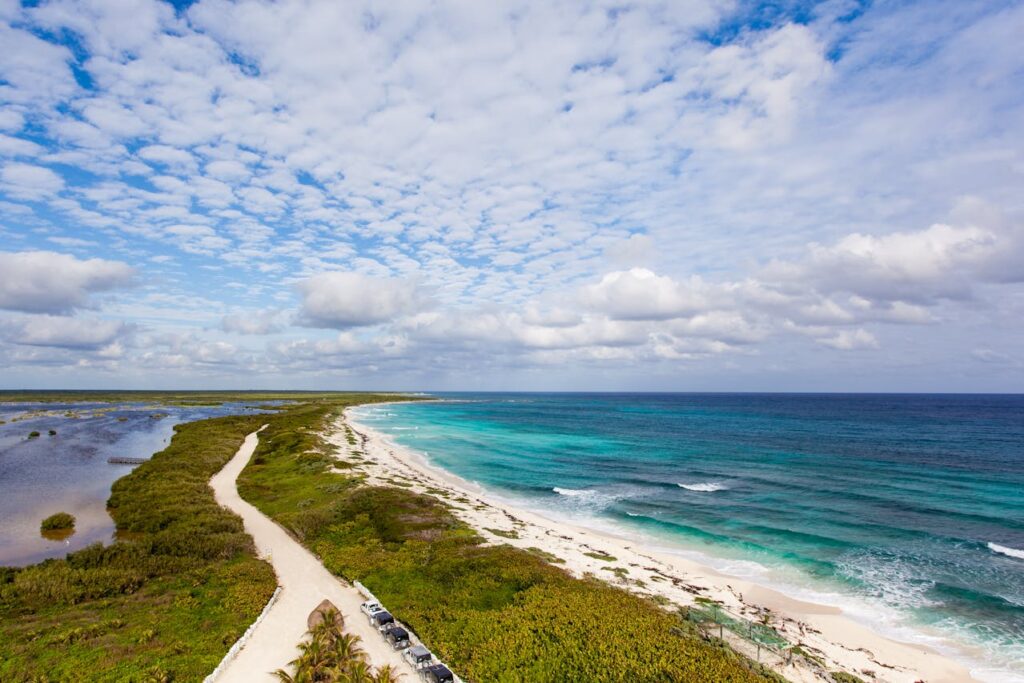
In the language of the Maya, Sian Ka’an means “Origin of the Sky.” This reserve on the Yucatán Peninsula is a breathtaking mosaic of tropical forests, sprawling wetlands, and vibrant coral reefs. You can take a small boat to float down ancient canals carved by the Maya centuries ago, the water so clear you can see fish darting beneath you. The journey takes you through mangrove tunnels that open into wide, turquoise lagoons. It is a place where you feel the deep connection between a rich human history and an incredibly diverse, thriving ecosystem.
2. The Galápagos Islands, Ecuador
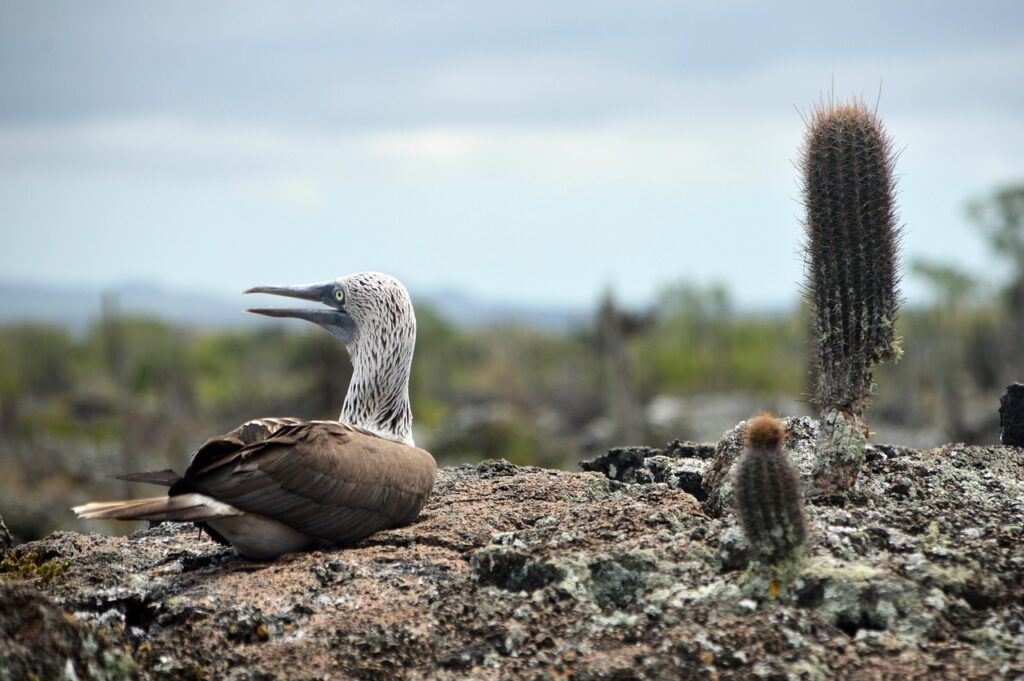
Step into a living laboratory of evolution, a volcanic archipelago that famously inspired Darwin and continues to captivate all who visit. The wildlife here shows a remarkable lack of fear, allowing for uniquely intimate encounters. You will find yourself sidestepping marine iguanas on a coastal path or snorkeling face-to-face with a curious sea lion. Giant tortoises move with ancient indifference through the highlands. The Galápagos are a powerful, humbling reminder of nature’s ingenuity and the fragility of a world set apart.
3. Serengeti-Ngorongoro, Tanzania
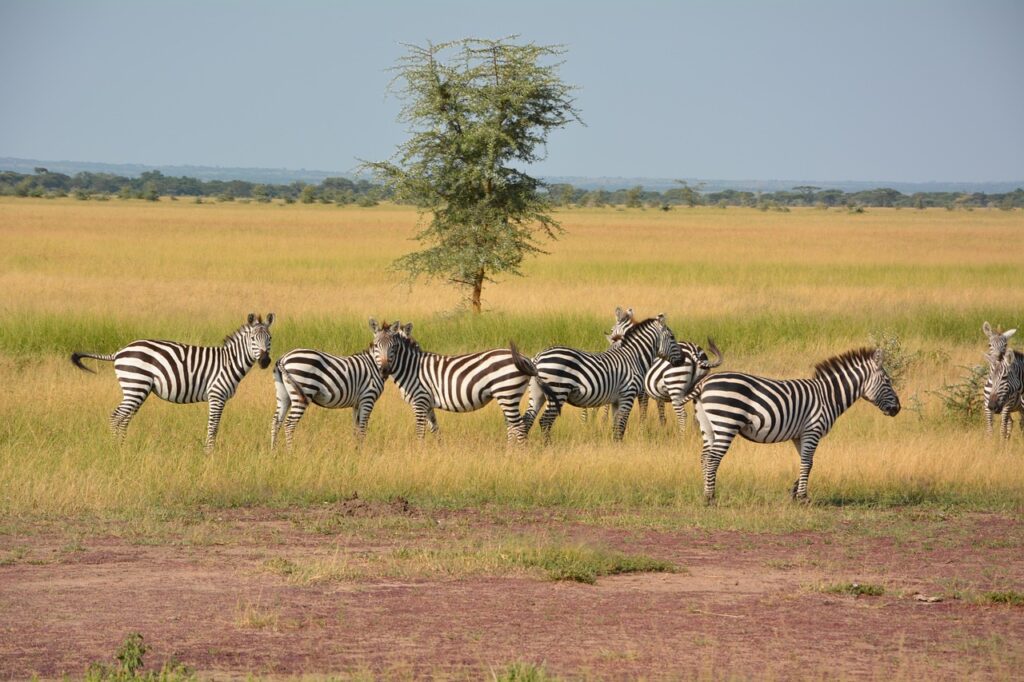
Witness one of the planet’s most awe-inspiring spectacles in this legendary East African landscape. The Serengeti is the stage for the Great Migration, where more than a million wildebeest and zebra follow the rains in an ancient, thundering rhythm that you feel in your chest. This reserve also includes the Ngorongoro Crater, a collapsed volcano caldera that acts as a natural enclosure for an incredible density of wildlife. It is a journey into the very heart of the wild, on a scale that is almost impossible to comprehend until you are there.
4. Torres del Paine, Chile
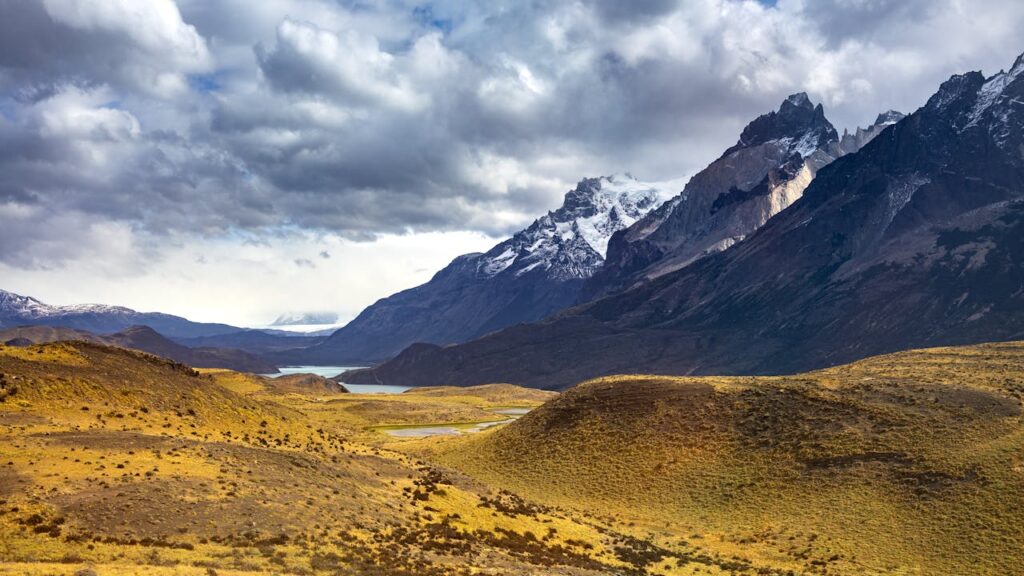
Welcome to the edge of the world. Patagonia’s Torres del Paine Biosphere Reserve is a masterpiece of raw, dramatic nature, defined by its jagged granite spires that rip into the sky. Hike through windswept steppes and primeval forests to the edge of glacial-blue lakes, keeping an eye out for soaring Andean condors and, with a dedicated guide, the once-elusive puma. The weather here is a character in itself, changing in an instant. This is a place of immense power and profound silence, where you feel the full force of the elements.
5. Yellowstone National Park, USA
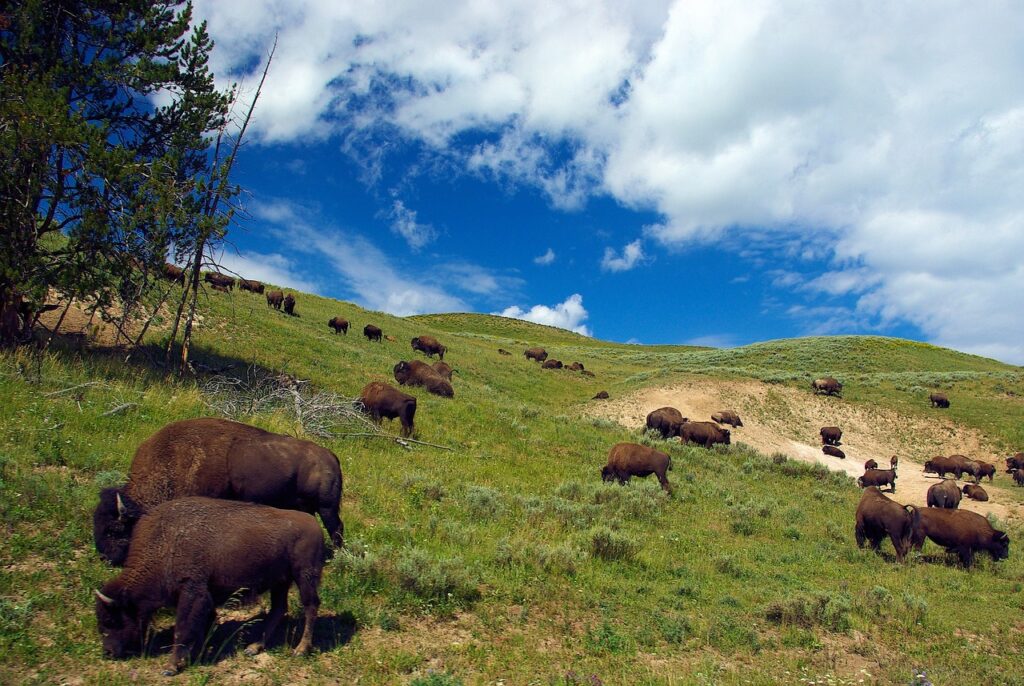
As the world’s first national park, Yellowstone is a primal American landscape and a cornerstone of conservation. The reserve encompasses a vast volcanic caldera that fuels thousands of geothermal wonders, from the clockwork eruption of Old Faithful to the rainbow hues of Grand Prismatic Spring. It is also a sanctuary for iconic wildlife, where massive herds of bison roam freely. Thanks to successful reintroduction, the howl of the gray wolf once again echoes through the Lamar Valley, a testament to ecological restoration.
6. Komodo National Park, Indonesia
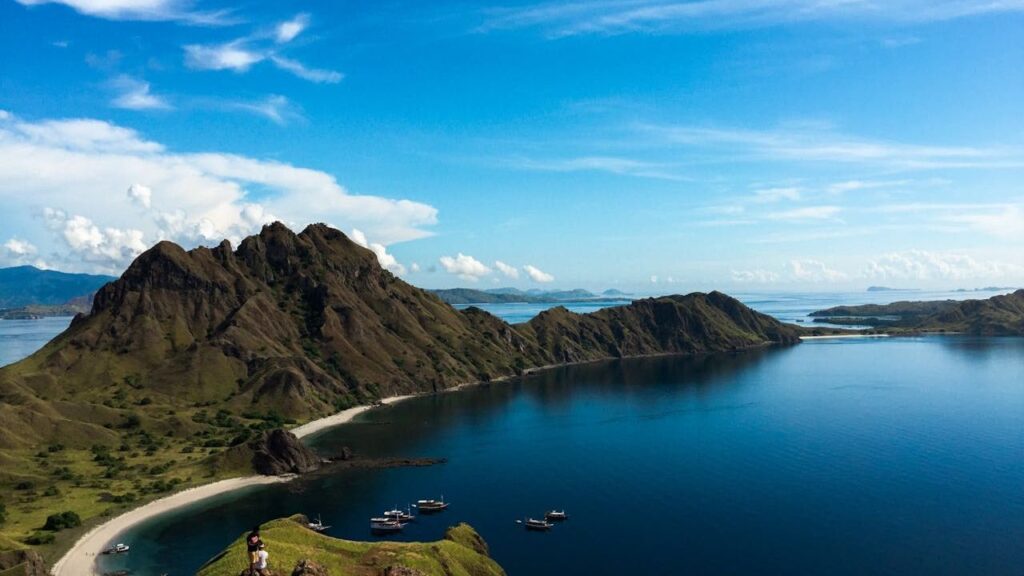
Journey to a land of dragons. This reserve, scattered across rugged volcanic islands, is the only place on Earth to see the Komodo dragon, the world’s largest lizard, in its natural habitat. Watching these prehistoric giants stalk through the dry savanna is a truly arresting sight. But the wonders here extend beneath the waves. The surrounding waters protect some of the planet’s most diverse marine life, where you can dive over vibrant coral reefs teeming with manta rays, sharks, and countless species of fish.
7. Tonlé Sap, Cambodia
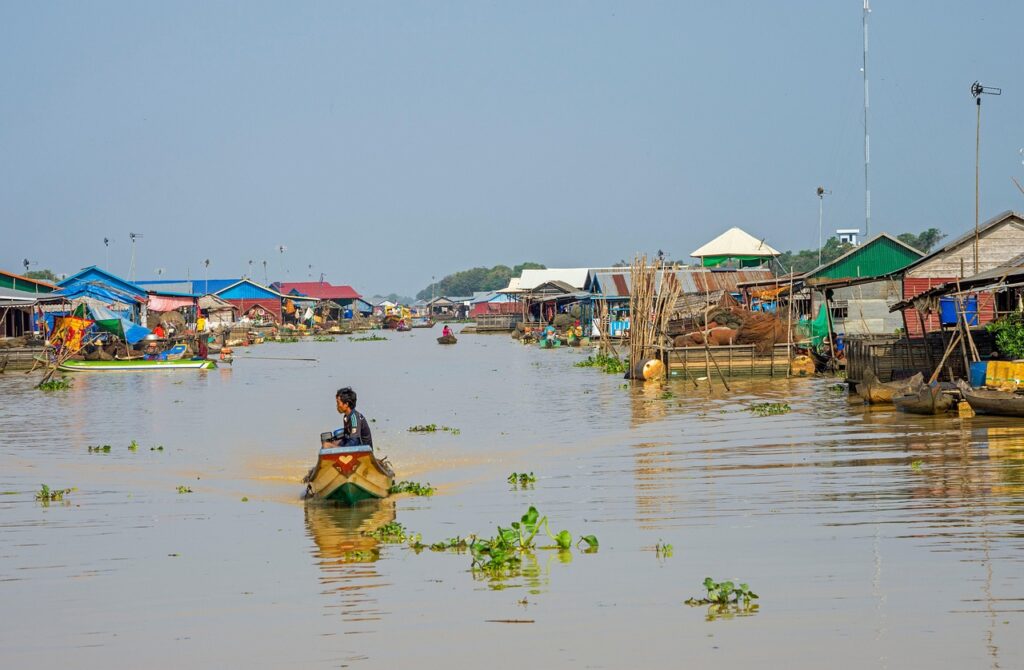
Explore the “beating heart” of Cambodia, a remarkable lake and river system that pulses with the seasons. Each year, the Tonlé Sap lake swells to more than five times its dry-season size, a phenomenon that supports an incredible wealth of fish and birds. You can tour this aquatic world by boat, visiting the stilted and floating villages where communities have ingeniously adapted their lives to the rhythm of the water. It is a fascinating look at a culture living in complete and clever harmony with a dynamic environment.
8. Cévennes National Park, France
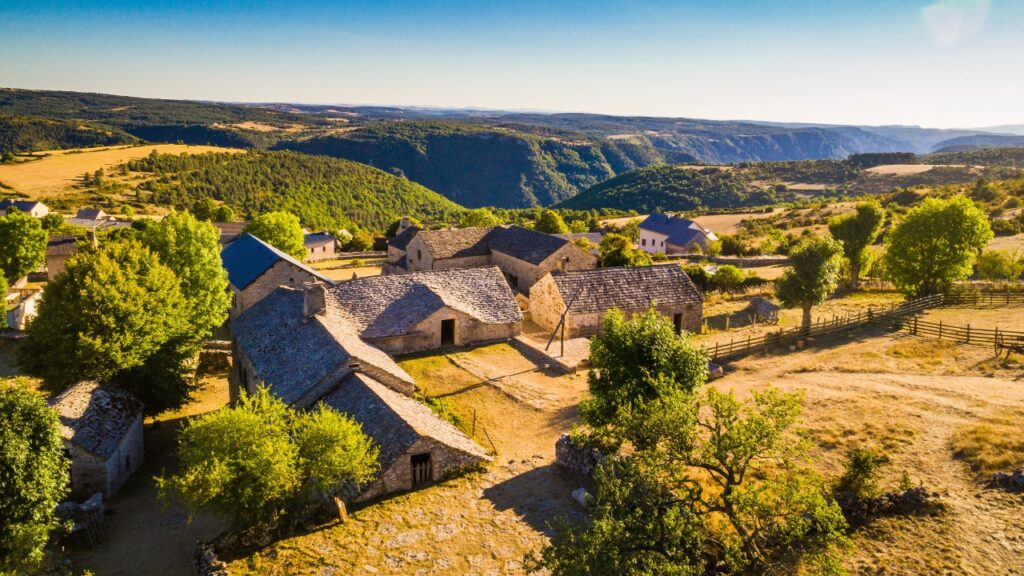
Discover a different kind of wildness in the mountains of southern France, a landscape shaped by centuries of human life. The Cévennes is a place of deep valleys, granite plateaus, and ancient pastoral traditions like transhumance, the seasonal migration of livestock. You can hike along old drovers’ trails, explore centuries-old terraced farmlands, and feel the quiet history of a place where people and nature have long depended on one another. This is a cultural landscape, where every trail and stone wall tells a story.
9. Fuerteventura, Canary Islands
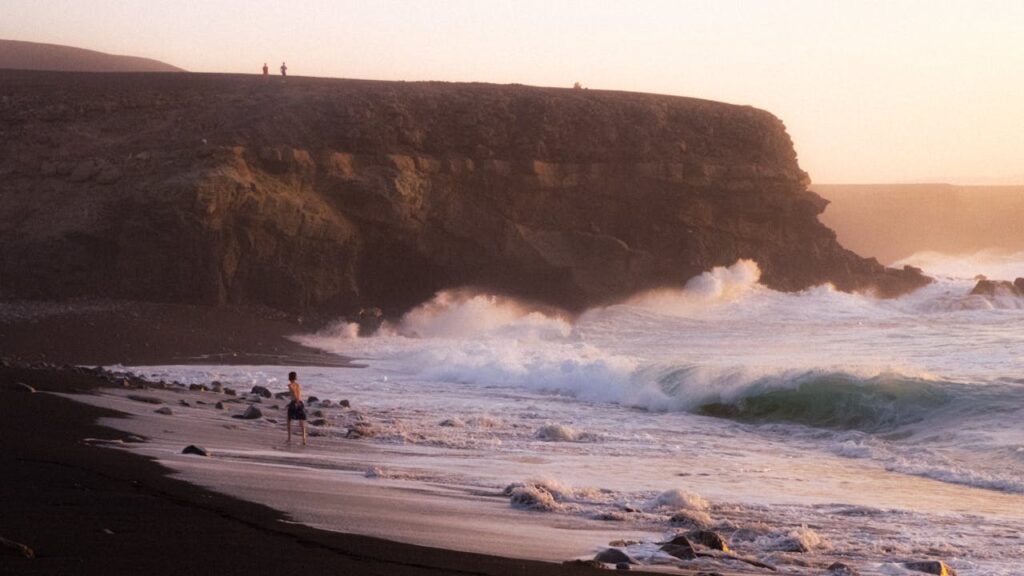
Recognized for its stark, volcanic beauty, the entire island of Fuerteventura is a biosphere reserve. Its wind-sculpted, otherworldly landscapes feel more like another planet than a European island, with vast sand dunes rolling down to meet the turquoise Atlantic. The arid climate supports unique flora and fauna adapted to the harsh conditions. At night, the reserve truly shines. With minimal light pollution, it is one of the world’s best places for stargazing, offering a spectacular, unfiltered view of the cosmos.
10. Mount Kenya National Park, Kenya
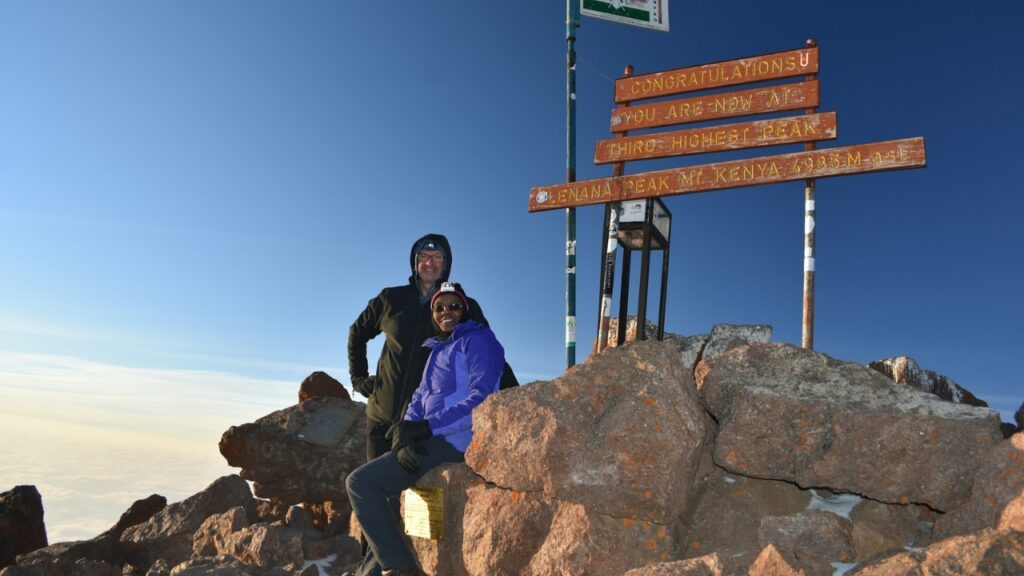
Rising dramatically from the savannah, Mount Kenya is an equatorial peak capped with glaciers. This biosphere reserve protects a rare and fragile Afro-alpine ecosystem that feels like a lost world. As you ascend, the landscape transforms into a forest of otherworldly plants, including giant groundsels and lobelias that look like relics from another time. It is a stunning example of the surprising biodiversity that can exist in the planet’s most extreme high-altitude environments.